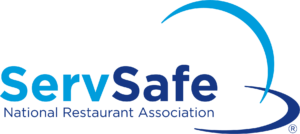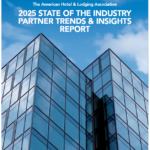Representatives from the Employment Security Department (ESD) presented a webinar about Standard Occupational Classification (SOC) codes to the Washington Hospitality Association.
Denice Craig from ESD explained that SOC codes are a federal coding system that is used to identify occupations and workers. This information is used to analyze workforce demand and evaluate the effectiveness of training programs.
The requirement to report these codes on quarterly reports you file through ESD stems from Washington State House Bill 2308, which passed in 2020. It went into effect on Oct. 1, 2021. When you file your fourth quarter 2022 report with ESD this month (January 2023), you must include SOC codes.
“SOC codes help government agencies and private businesses compare occupational data,” Craig said. She added that this data is also used by job seekers, students considering career training, vocational schools, and industry and labor relations specialists.
Users of ESD’s newer version of the Employer Account Management System (EAMS), have had the ability to look up SOC codes online since mid-November.
Craig recommended creating a spreadsheet that includes every employee and their job title. Look up each job title using onetcodeconnector.org. The website will show you a number of occupations related to that job title, all with varying job descriptions. Match your employees’ job titles with the closest job descriptions or tasks and add the six-digit code from the website to your spreadsheet. Sometimes the job title will not match the tasks the employee performs: use the SOC code that more closely matches the tasks, rather than the job title.
If you hire independent contractors, they are exempt from unemployment insurance as well as reporting their SOC codes.
ESD recommends importing your wage file, rather than hand-keying the information. You can learn more here.
Using the updated EAMS system through ESD, you won’t have to re-enter the SOC codes every month, but if you have an employee that has changed positions, you will have to make that change in EAMS. Only report the employee’s last job position.
She said that if an employee has an occupation that includes the job duties of two different job titles, the employee is assigned the SOC code for the job that has the highest level of skill or education. If the skill level is the same, enter the code that the employee spends the most time doing. Craig included a sample spreadsheet of hospitality job titles and their duties.
If you accidentally entered the wrong data for a SOC code, you can’t amend that data, and will have to wait for the next quarter filing to change the code. There are no consequences for mistakenly entering an incorrect SOC code.
SOC codes are different than those required by Labor and Industries and need to be filed separately.
ESD has an instructional video on its website for you to see what filing looks like and what to expect.
You can find the recording of the webinar, ESD’s presentation slides and Craig’s sample hospitality job title spreadsheet on our website.















